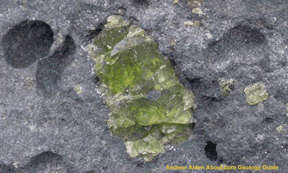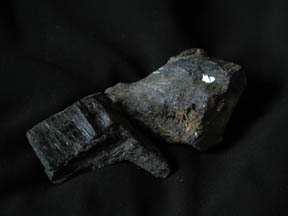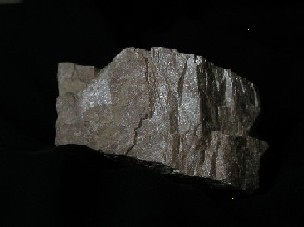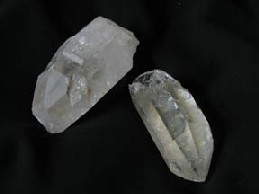Common Silicate Minerals
| Mineral | Chemical formula | Type of rocks that they are commonly found within | Picture | How People Use Them |
|---|---|---|---|---|
| Olivine | (Mg, Fe)2SiO4 | Ultramafic igneous rocks | 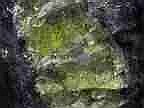
|
A gemstone! |
| Pyroxene group | (Mg, Fe)SiO2 | Basaltic igneous rocks | (coming soon!) | . |
| Amphibole group (example: hornblende) | (Ca2Mg5)Si8O22(OH)2 | Andesitic igneous rocks | 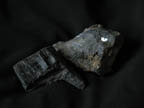
|
. |
| Micas | Biotite: K(Mg, Fe)3Si3O10(OH)2 Muscovite: KAl3Si3O10(OH)2 |
Andesitic igneous rocks | 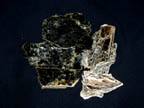
|
Colonial Americans used sheets of mica as window glass. |
| Feldspars | Orthoclase: KAlSi3O8 Plagioclase: (Ca, Na)AlSi3O8 |
Granitic igneous rocks | 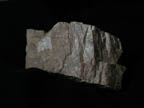
|
Important for making ceramics and glass |
| Quartz | SiO2 | Granitic igneous rocks | 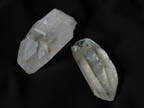
|
Quartz is the raw material for glass and helps clocks keep time. |
* Click on images above for full size.
Last modified April 18, 2003 by Lisa Gardiner.






